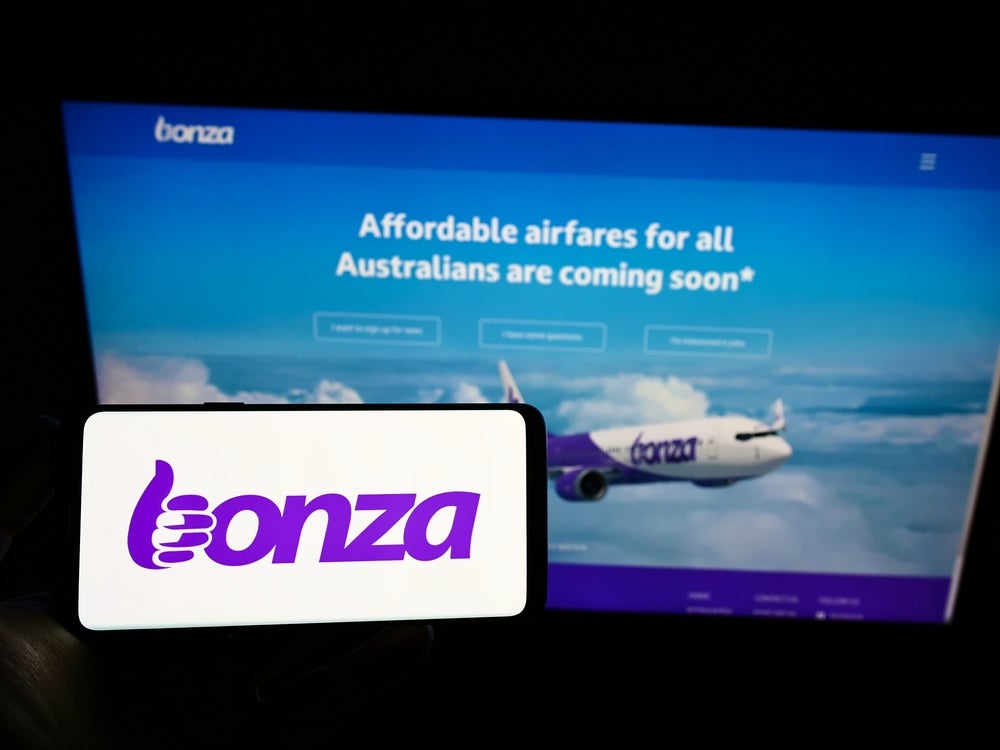Visa CEMEA senior manager for
prepaid Jonathan Reynolds explains why the Middle East
has a significant need for a whole range of prepaid
solutions.
Question: The Middle East
appears to be a market with rich potential for the growth of
prepaid cards, what would you say are the main factors supporting
this type of product?
Jonathan Reynolds, senior
manager for prepaid, Visa CEMEA (JR): Growth in prepaid is
a combination of awareness and need.
The Middle East has a significant
need for a whole range of prepaid solutions, from payroll workers
being paid in cash to replacing foreign currency.
The level of cash in the economies
is a great target for a variety of prepaid solutions.
How well do you really know your competitors?
Access the most comprehensive Company Profiles on the market, powered by GlobalData. Save hours of research. Gain competitive edge.

Thank you!
Your download email will arrive shortly
Not ready to buy yet? Download a free sample
We are confident about the unique quality of our Company Profiles. However, we want you to make the most beneficial decision for your business, so we offer a free sample that you can download by submitting the below form
By GlobalDataThe second factor of awareness is
growing, people are seeing new prepaid products, from gift cards in
shopping malls to prepaid cards to pay for government services.
Recently Visa has completed a
market sizing exercise for the Middle East The Prepaid Segment
Sizing can be defined as:
- A measurement of total
spending internationally by prepaid card target
audience - A sum of each prepaid
segment – General Purpose, Gift, Travel, Government, Payroll,
Youth, Remittance, Incentive, Voucher, Fleet and
Insurance
In CY12 we expect the GCC prepaid
market size to be $237bn with a cardable opportunity of
$64.8bn.
Question: How will banks in
the region generate profits from prepaid, or will it just be
through remittance and charging corporates for payroll
solutions?
Jonathan Reynolds:
Banks and non-banks will generate profits by looking at prepaid as
an extension and an integration of their existing business.
Prepaid works best when
stakeholders look at cash heavy processes or new segments.
In effect using prepaid to replace
costly existing solutions or looking at prepaid as a way to acquire
new customers or cross sell to existing customers.
I believe that prepaid will
generate new incremental revenue streams for stakeholders through
identifying these new segments and by delivering good value
services to customers.
The great thing about this category
is that each product type can have a different business strategy
and achieve business objectives in a variety of ways.
For example providing a prepaid
card to existing debit or credit holders as a way for them to pay
staff/support their child at University, provide a present to a
loved one, budget and manage expenditure, etc. in effect a tool to
deepen the existing relationship.
Question: What kind of data
gathering can you deploy with prepaid gift cardholders to glean
insights about their card usage, and how can you use that to tailor
marketing and segmentation strategies accordingly?
Jonathan Reynolds:
One of the pillars of success for prepaid cards is to analyse
performance and to continually adjust your programme to meet
customer needs.
This could include benchmarking,
research and identifying methods to optimise performance. Working
with Visa gives issuers insight into global best practices and
trends and enables them to compare their programmes.
The power of prepaid through Visa
is that the issuer can see what is bought where, far more than with
cash. This can lead to a deeper understanding of the segment and a
more developed product proposition.
Question: Central banks
across the Middle East are trying to phase out cash-based salary
payments to workers – how significant a development is this in the
region’s prepaid market?
Jonathan Reynolds:
Clarity of regulation is key. It’s great that governments and
regulators are supporting electronic payments, prepaid is an
extremely neat fit to delivering this.
Lower cost of acquisition and
potentially cost of servicing these customers means that issuers
should be able to provide an efficient and effective electronic
payment solution that meets the needs of an economy as a whole.
Experience tells us that a jolt to
the prepaid segment such as this will really help to deliver
awareness across all parties and I expect we will see a continued
development of new programmes which owe thanks to the regulatory
push.
Question: Now that
contactless has started to roll out in markets like the UAE, do you
see the convergence of contactless and prepaid becoming the
predominant form factor, replacing conventional signature or chip
and PIN-enabled prepaid propositions? How do prepaid cards fit in
with the concept of Islamic Sharia-compliant banking?
Jonathan Reynolds:
There is a logical fit between prepaid and Sharia banking. The
funds are loaded by the consumer and are available to the
consumer.
There is no ‘ time value of money’
(interest) associated with the product so subject to internal
diligence, issuers can apply prepaid products to this type of
banking.
In fact some of the key points of
transparency on fees and charges and management of breakage fairly
can and are equally important in the non Sharia prepaid market.
Clarity of the proposition and the product is key.
A number of banks have embraced prepaid, for example Kuwait
Finance House has two Visa prepaid products, one which, through
use, helps the poor go to Hajj and Umra. The second helps to
control family expenses.







